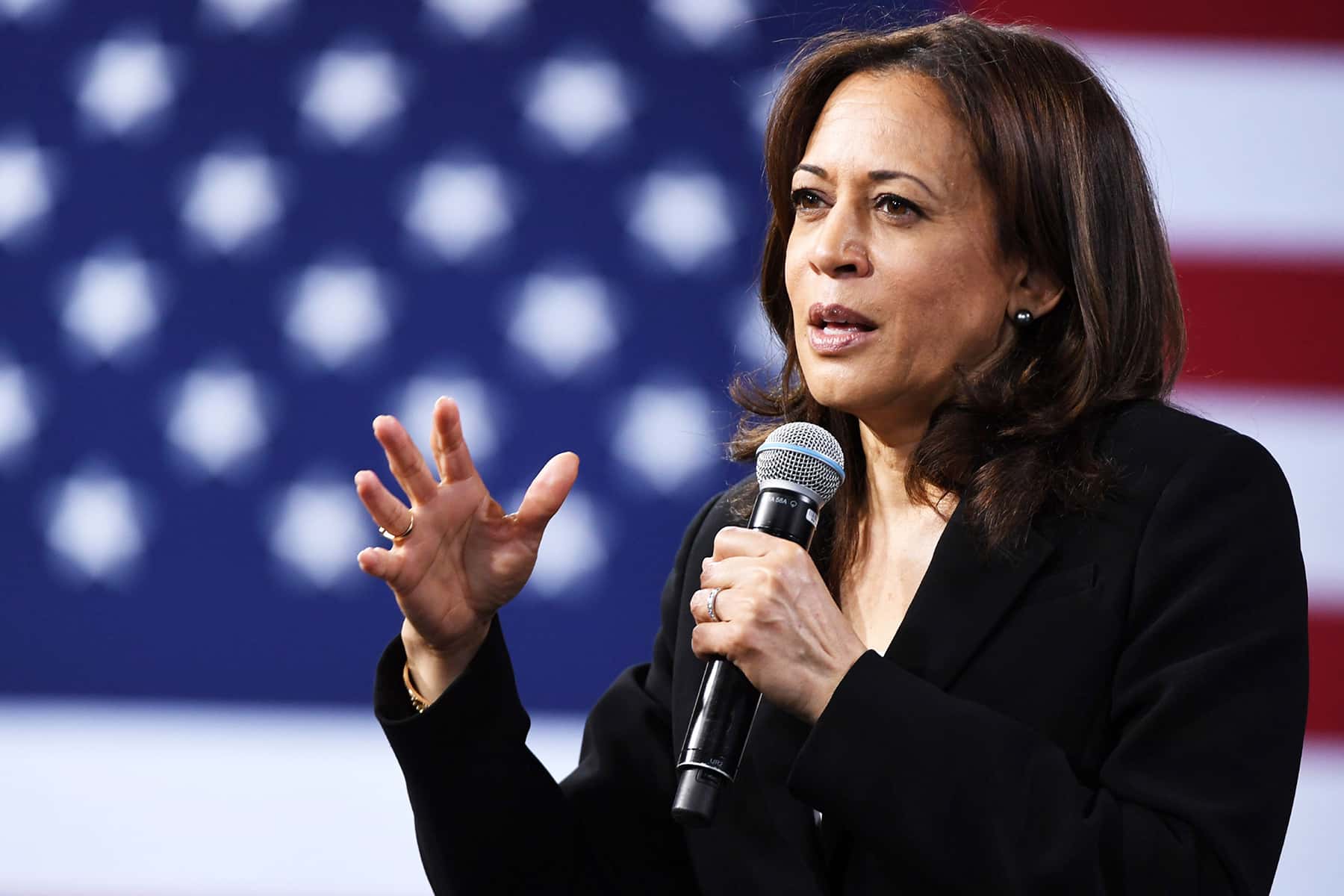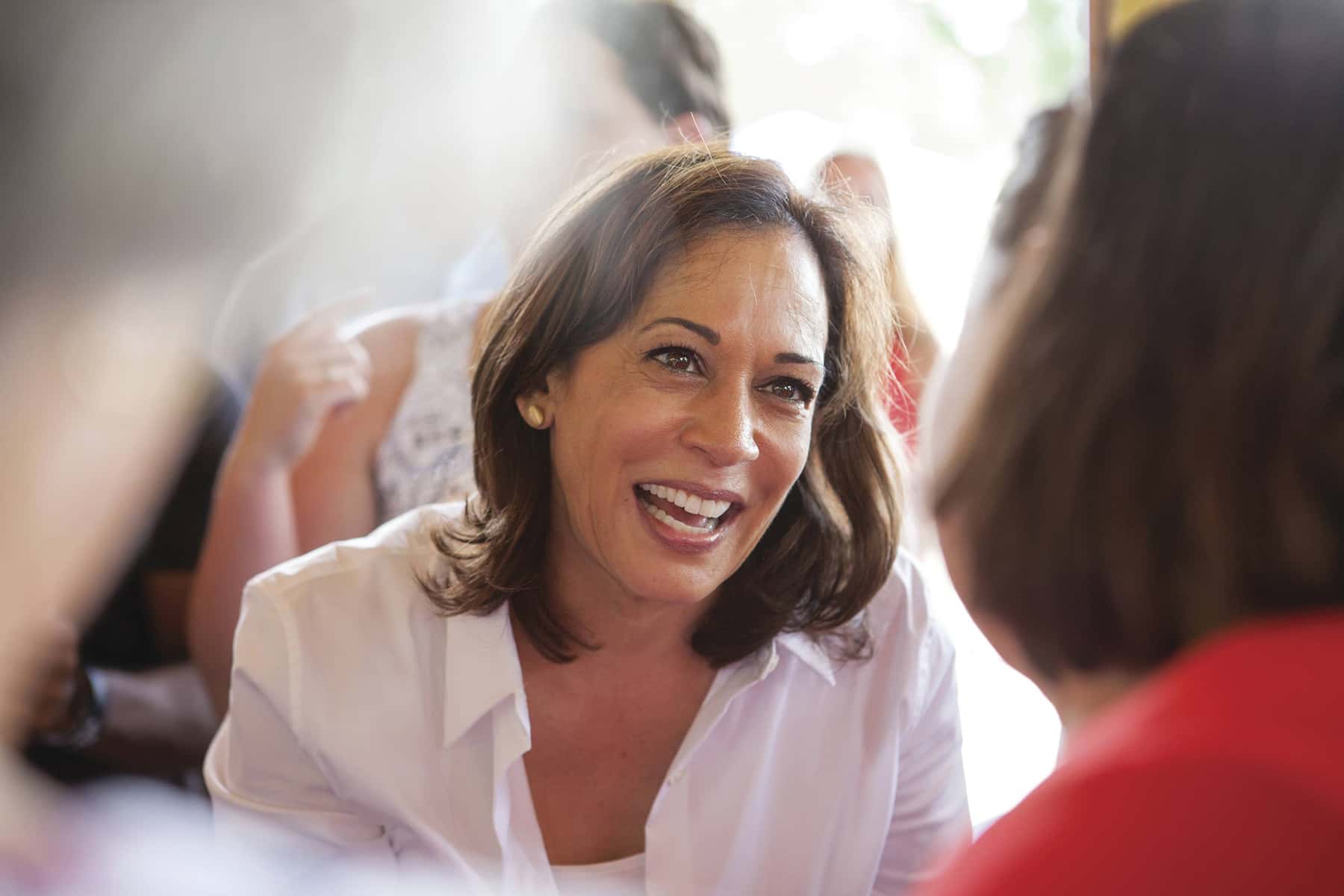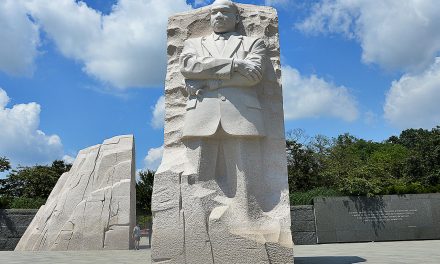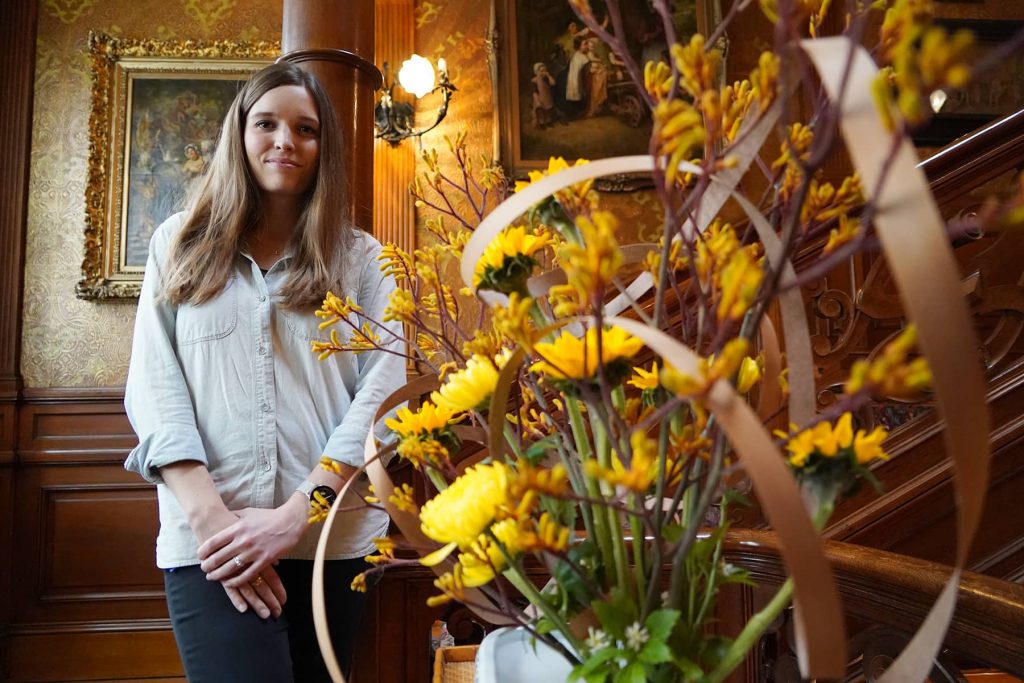
There is a long-standing acknowledgment and pattern that when women take one step forward, women of color take two steps back.
A “glass ceiling” is a metaphor used to represent an invisible barrier that prevents women from rising beyond a certain level in a hierarchy. Minority women often find the most difficulty in “breaking the glass ceiling” because they exist at the intersection of two historically marginalized groups: women and people of color.
When women first began to entire spaces of economic and social power that were historically occupied by White men, it was recognized that those women were White as well. In the studies of sociology and psychology, there is the understanding of people being categorized into either “in-groups” or “out-groups.” In-groups are social communities where a person psychologically identifies as being a member. By contrast, out-groups are social communities that an individual does not identify with.
In terms of race and the voting process in America, Dr. Ashley Jardina published an article titled In-Group Love and Out-Group Hate: White Racial Attitudes in Contemporary U.S. Elections that found White populations, in both in-groups and out-groups, were powerfully associated with candidate evaluations in 2012 and 2016.
Although the 2020 election will influence future investigations into voting demographics, current research shows that White U.S. populations have a huge say in the types of people that are elected into office – not only politically but by gender and race. Until Barack Obama’s term as the 44th President, it was historically White men who occupied the Oval Office. Until Kamala Harris, the Vice Presidency was also a position with an unbroken occupation by White men.
What makes the position of Harris even more powerful and unique is not because she is the first woman, first Black, and first South Asian Vice President – America did not need a White woman to pave the way for a woman of color to occupy that space of power.
A brief political timeline:
1856: After debates about landowners and citizenship, all states allowed all White men to vote.
1870: The 15th Amendment was ratified to prohibit states from denying a male citizen the right to vote based on “race, color, or previous condition to servitude.”
1920: Technically, the 19th Amendment, granted women the right to vote but that did not initially extend to women of African American, Asian American, Hispanic American, and Native American heritage. But voter suppression specifically targeted Black women and other women of color.
1965: Leah Nahmias, spokeswoman for the Indiana Women’s Suffrage Centennial Commission, noted that Asian women could not vote until 1952 and Native American Women were not considered U.S. citizens and could noy vote until 1957. It was not until the Voting Rights Act of 1965 that Black women were in-practice able to exercise their right to vote.
Women of color were the last demographic of American citizens to be fully granted their right to vote. And now a woman of color will be the first female to occupy the office of the Vice-President.
In 1872, Victoria Woodhull was the first woman to run for president. But for a century after that, it seemed like an unobtainable dream to put a woman in the White House. But in 1984, Geraldine Ferraro was the Democratic Party’s vice presidential nominee. However, it would be another 32 years before a woman stood as a serious contender for the highest office in the land. Many women of current and older generations cried for joy at the possibility to vote for a woman president in their lifetime, with Hillary Clinton during the 2016 presidential race.
It was a similar reaction for generations of Black community, who were able to vote for President Barack Obama. The ability to vote a woman into office was important and powerful. Even though women today are arguably more confident in their strengths and capabilities to occupy spaces of power than previously before – to see it actually happen is often rare and unprecedented.
I believe that was why many people saw the 2016 presidential loss as a giant step back for women. The dream was damaged because Clinton did not win, especially since a big push for her presidency was based on promoting the progress of women in the United States. Evidence of that came with the reactionary 2017 Women’s March, which was a worldwide protest the day after the inauguration of Donald Trump. However, the political punch to the stomach to women ignited a wave of support, immediate and long-term efforts, and passion for women to build platforms in order to be heard.
It was especially important for the voices of women of color and their narratives. The impact of those efforts could be seen, in part, during the 2020 election. Voter turnout for Milwaukee County was 83% and suggests that the urban center had a big influence in Wisconsin flipping the election in favor of Joe Biden.
While the official statistics are still being compiled on the demographics of Milwaukee voters, some information is already available. According to research by the American Election Eve Poll, led by Christine Neumann-Ortiz, Executive Director for Voces de la Frontera, data showed 74% of Latinos in Wisconsin had supported Biden. More diverse populations, more voters, and ultimately more voices were being represented within the 2020 election.
Seeing the pattern of how women of color were treated in political spaces in the past, I believe that Clinton’s failed bid for the presidency has been leveraged into something more sustainable and powerful. While I would have preferred to have our first female president, it could have been only an anomaly that women in general may not have been able to benefit from. It would have forced change and therefore becoming more of a facade than an actual attempt to progress representations of women within powerful spaces.
There are many opinions on the matter, and they also reflect the unique ethnic perspectives of those who represent the dueling views. One complaint has been that the advancement of women has often excluded women of color. So if a white woman was elected for high office, as President or as Vice President, she might have paved the way for more women to occupy those spaces – but for White women. And she would have faced criticism later, from some viewpoints, as having a white savior complex.
But Kamala Harris brings more to the table than just her gender. As Vice President:
Harris will pave the way for women.
Harris will pave the way for Black women.
Harris will pave the way for Southeast Asian women.
Harris will pave the way for multi-racial women.
And arguably, Harris will also pave the way for the first woman to become president.
© Photo
Kamala Harris Campaign Office















